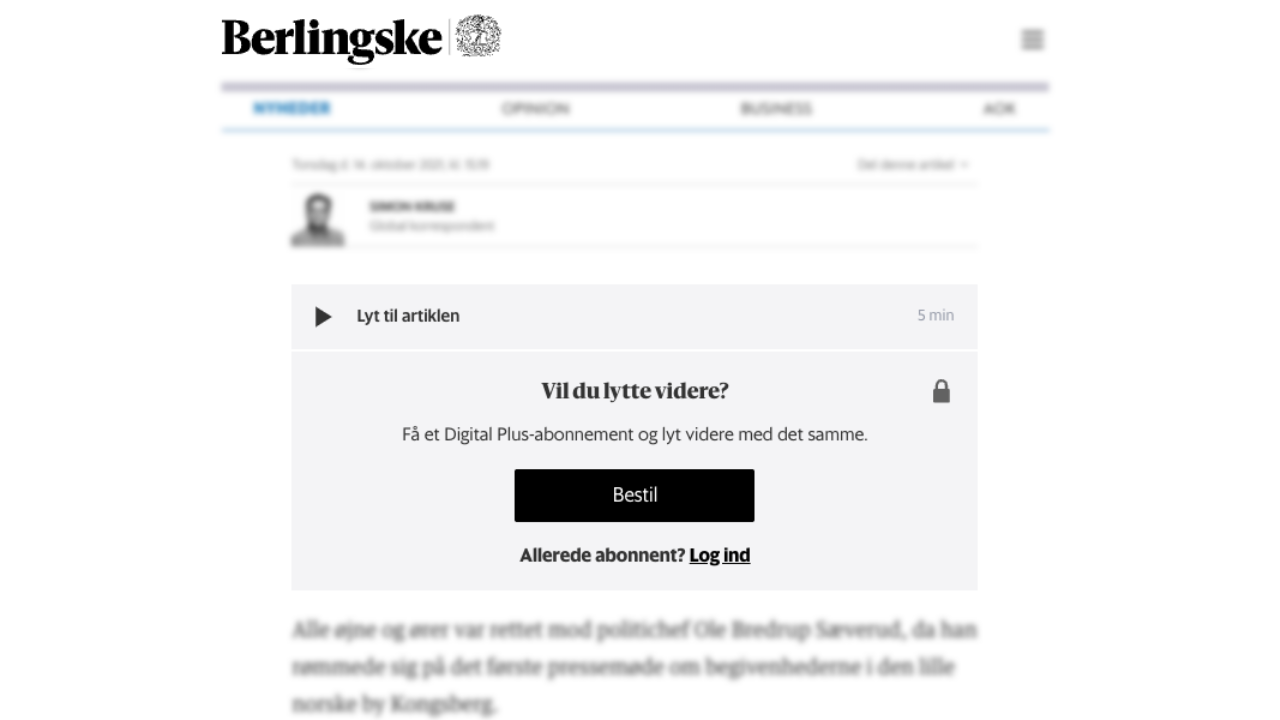Modern audiences want content narration. And if you don't provide it, third-party tools will.
It's already happening. The Read Aloud Chrome extension has over 4 million users alone.¹ And as listening habits become more entrenched, we're likely to see more sophisticated screen-reading solutions come along — and higher uptake of the technology.
This might sound like a good thing for publishers, like third-party tools handling all the hard work for you. But there's a big problem: losing control of your audio user experience (audio UX).
You don't get to decide what your audio sounds like.
You can't optimize the listening experience.
You don't get ownership over the audio content.
This means missing out on valuable sonic branding, engagement, and monetization opportunities.
Keeping creative control
Whether they use text-to-speech or human narration, publishers who handle audio production themselves have full creative control over their audio UX.
Unlike publishers who rely on user-side solutions, they can increase audio engagement by:
- building custom players for their website or app,
- distributing their audio through other channels, and
- creating different types of audio content.
They can also boost listener retention and strengthen their sonic branding by:
- using the best voice(s) for their content and target audience,
- ensuring their audio content is narrated accurately, and
- elevating audio versions with sound effects and other features.
They can even measure their success through audio analytics or directly monetize their listenership through audio ads and subscriptions.
All of these efforts are about maximizing the benefits of audio publishing. But they also play a part in a wider branding and marketing strategy, helping publishers to foster a positive and pervasive image — and stand apart from their competitors.

Berlingske, for example, has built a custom audio article player using our JavaScript SDK. This prompts users to sign up in order to listen, helping the publisher to drive new subscriptions and reduce churn.
The team at Aftenposten have worked with us to create a voice clone of their most popular podcast host, which means their audio articles are read by a tried-and-trusted voice. They have also collaborated with our engineers to improve how the AI voice pronounces local and out-of-vocabulary words, ensuring the intricacies of the Norwegian language are handled accurately. This has led to a 75% increase in listening duration.²
Protecting your sonic brand
In 2009, the Author's Guild successfully fought against default text-to-speech on the Kindle, to protect authors' and publishers' rights to control — and profit from — the audio versions of their books.³
Digital publishers need to follow in their footsteps. To seize ownership of their audio publishing rights.
It's only a matter of time until audio narration becomes ubiquitous online. Publishers who act now can build their audio UX on their terms — start growing and capitalizing on their listenership. This puts them in a stronger position in today's media landscape and helps them futureproof for tomorrow's.
BeyondWords is the practical solution. With our AI voices and CMS, you can publish branded audio content without undue effort or expense. Create your free account to explore the platform for yourself or request a demo with our team.
Sources
- Read Aloud: A Text to Speech Voice Reader, Chrome Web Store, accessed May 2022
- Newsroom driven innovation: Insights from WAN-IFRA’s Newsroom Summit, Twipe, published April 2022
- Amazon caves to Authors Guild over Kindle's text-to-speech reading, The Guardian, March 2009